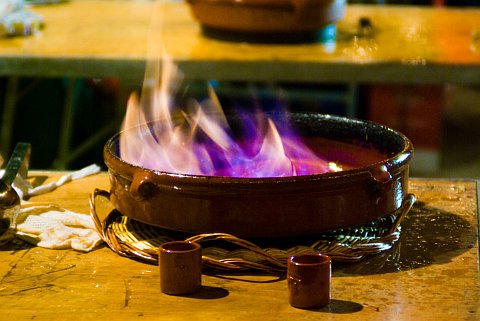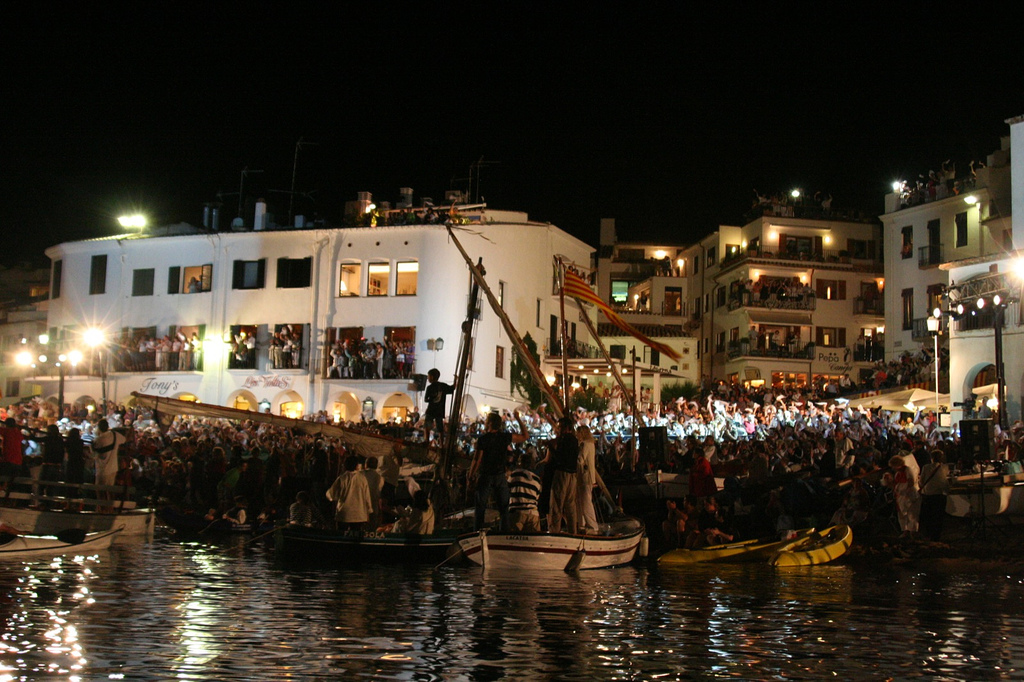Last Thursday we celebrate, in the Hotel Balmes Calella, a theme night of Habaneras with a «cremat» -obviously- and with a local music group that gave a recital with the most typical Havaneres, as “La Bella Lola”, “La Paloma”, “El meu avi”, etc. Because of the large number of people who were interested in this tradition so much rooted in Catalan culture, especially in the coast, we did a little explanation about the origins of this musical style.
The Havaneres are seafaring tunes originating in Cuba that were brought by the «indians», the name by which it was designated to people who, in the late eighteenth century and throughout the nineteenth, left Catalonia to «Make the Americas.»
These «Indians», rich or poor, came back home and sprinkled this sluggish pace music and singing from tavern to tavern, which was where they sought refuge in days of trance.
Therefore, we can say that the habanera was born in the nineteenth century, but to provide background to this music we must go back to the sixteenth century, where the quadrille English arrival in the Caribbean when pirates serving the English crown undermined Spanish power in the Americas.
The Caribbean influences of African origin gave the quadrille a slower pace, and the Creoles (descendants of Americans families from the Iberian Peninsula) gave the final touch.
This combination of influences was particularly lively in Cuba, where it seems that the new dance emerged. There are several sources where it is not clear what was the first habanera, but what is clear is that the most popular Habanera «La Paloma», composed by Sebastian Iradier in 1840. It should be noted that Havaneres had a great public decayed in the 50s, and only remained in taverns and shacks the seaside of the Empordà coast.
 The «cremat» is the drink that often accompanies the havanera. Originally from the Costa Brava, mainly in the area around Palafrugell, the habit of doing a recital of Havaneres with a good «cremat» included has spread along the coast, including inland. Sometimes “sardinada” is also organized to not miss a good feast. It is made with rum or other spirits, coffee beans and tea, sugar, lemon peel and spices, including cinnamon. Then you put it all in a clay pot and burn it to lose some of the alcohol -about 10 minutes-. Who has prepared it serve the drink in cups, because they are more appropriate as this brew is hot.
The «cremat» is the drink that often accompanies the havanera. Originally from the Costa Brava, mainly in the area around Palafrugell, the habit of doing a recital of Havaneres with a good «cremat» included has spread along the coast, including inland. Sometimes “sardinada” is also organized to not miss a good feast. It is made with rum or other spirits, coffee beans and tea, sugar, lemon peel and spices, including cinnamon. Then you put it all in a clay pot and burn it to lose some of the alcohol -about 10 minutes-. Who has prepared it serve the drink in cups, because they are more appropriate as this brew is hot.
























